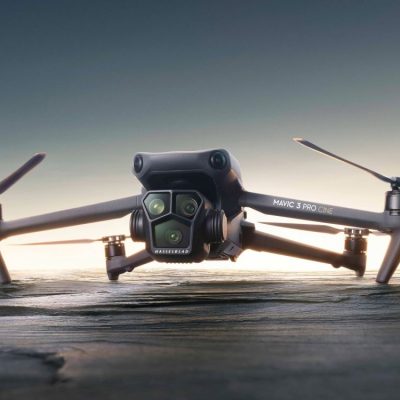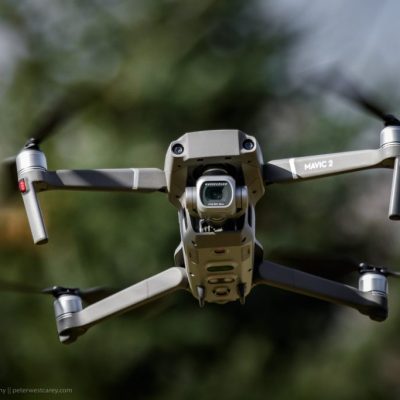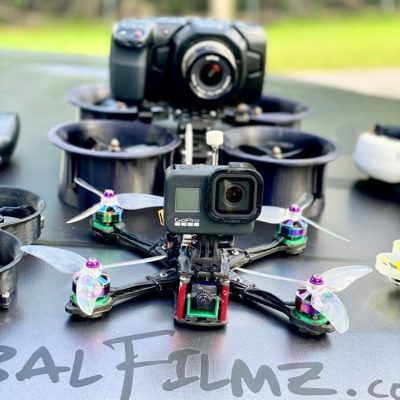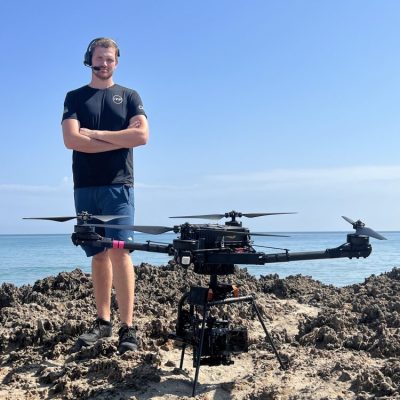In the rhythmic and culturally diverse landscape of Miami, music video directors play a pivotal role in shaping the visual narratives that accompany the city’s vibrant music scene. This article explores the multifaceted responsibilities and creative contributions of a music video director in Miami, shedding light on the crucial role they play without mentioning any personal or company names. Read More
1. Conceptualization and Visionary Planning:
At the core of a music video director’s role in Miami is the art of conceptualization. Collaborating closely with musicians and artists, the director works to translate musical stories into visually captivating tales. Key aspects of this phase include:
– Storyboarding: Visualizing the sequence of shots and framing that will complement the music, ensuring a cohesive and engaging visual narrative.
– Creative Direction: Working closely with musicians to establish the overall artistic direction, ensuring that the video aligns seamlessly with the tone and message of the music.
 2. Pre-Production Expertise:
2. Pre-Production Expertise:
Before the cameras start rolling, the music video director is deeply involved in pre-production tasks to ensure a smooth and efficient filming process:
– Location Scouting: Exploring the diverse neighborhoods and landscapes of Miami to find suitable locations that enhance the visual storytelling.
– Casting: Collaborating with artists to select performers, dancers, or actors who will bring the music video to life and complement the overall vision.
– Costume and Set Design: Working with creative teams to design costumes and set elements that contribute to the aesthetic and thematic elements of the video.
3. On-Set Leadership:
The director’s role truly comes to life on set, where they guide the creative process and ensure the vision is executed seamlessly:
– Cinematography Guidance: Collaborating with the Director of Photography (DP) to capture the essence of the music, utilizing various techniques to enhance the visual experience.
– Direction of Talent: Guiding performers to convey the emotions and energy of the music, ensuring a seamless connection between the auditory and visual elements.
– Lighting Design Collaboration: Working closely with lighting specialists to create atmospheres that complement the mood of the music, whether it’s a vibrant dance scene or an intimate acoustic setting.
4. Post-Production Mastery:
Once the footage is captured, the director’s role extends into the post-production phase, where they refine and shape the final visual product:
– Editing Supervision: Overseeing the editing process to ensure the seamless flow of the video, enhancing the rhythm and tempo of the music.
– Visual Effects (VFX) Direction: Collaborating with VFX specialists to incorporate visual effects that add creative flair to the music video, pushing the boundaries of conventional storytelling.
– Color Grading Input: Providing input to colorists to enhance the visual aesthetics, ensuring a cohesive and visually stunning final product.
5. Collaboration and Communication:
A music video director in Miami thrives on collaboration and effective communication, ensuring a harmonious and productive creative process:
– Artist Collaboration: Working closely with musicians to understand their artistic vision and translate it into a visual language that resonates with their audience.
– Team Coordination: Overseeing a diverse team of professionals, including cinematographers, editors, and art directors, to ensure a unified vision is executed throughout the production process.
– Effective Communication: Conveying ideas, concepts, and feedback clearly to the entire team, fostering an environment of creativity and collaboration.
6. Adaptability and Innovation:
In the dynamic landscape of music videos, a director in Miami must be adaptable and innovative:
– Adaptability: Adjusting creative approaches based on the evolving nature of the music industry, ensuring videos remain relevant and engaging.
– Innovation: Exploring new and innovative visual storytelling techniques, embracing technological advancements to push the boundaries of creativity.
In the mosaic of Miami’s cultural richness, a music video director emerges as a key architect, orchestrating visual narratives that complement the city’s diverse musical offerings. From conceptualization and pre-production to on-set leadership and post-production mastery, the director’s role is multifaceted and integral to the creation of captivating music videos. The collaborative and innovative nature of their work underscores the significance of a music video director in contributing to the dynamic and culturally rich music scene of Miami.
First step, choosing the song. This is most important if this is your first Music Video. Putting your best foot forward and selecting what you feel is your best work. This will give you the greatest chances for wide market success and this is one of the most important and overlooked step of the production! Read More
Scheduling a date for your music video production.
Next, you’ll have to set the date that works with your schedule as well as your production team. The Global Filmz team works 7 days a week, so if we have a date that we are not currently scheduled to shoot than that date is available for your production. Once you have your production date set, it is time to have a meeting with your creative team / music video production company to go over concept, theme, lighting, color palette and production logistics.
Choosing your film crew for the video production.
Our video productions start with a 3-person crew (that’s our minimum) and that would be your film crew foundation consisting of: one DP (Director of Photography), one 1st AC (Assistant Camera Op) and one PA (Production Assistant). Due to the amount of heavy gear, we film with we have found this is the least amount of crew members we can have onset as a production team to accommodate lower budget projects (even for the smallest film productions). Anything less, would dramatically slow down production, in turn cost the client more money hourly and “burn-out” the crew members faster.
The 3-person crew is just a foundation, now you must figure out can you get the job done with the bare minimum or does your music video production require more film crew members. We employ over 30 crew members that are at the highest level of their craft from:
- Music Video Directors
- Assistant Directors
- Directors of Photography
- Production Coordinators
- 1st & 2nd Assistant Camera Ops
- Gaffers | Electric
- Art Directors | Set Designers
- Key Grips | Best Boy
- DITs
- Video Technicians | Audio Technicians
- Hair Stylist | MUAs | Wardrobe Stylists
- Production Assistants | Runners
- Dance Choreographers | Fight & Action Choreographers
Now, we just need to figure out what your production needs are and cater to them accordingly. Although our film crew can and will “wear many hats” and have been taught to work various roles/positions onset from grip, electric, lighting and audio. It’s always best to assign a specialist in that specific field to handle the job. If the production budget allows, consider adding a few more key players to the 3-person crew minimum such as a Gaffer that’s assigned to lighting, a Key Grip assigned to riggings for camera and lighting setups and a Director to oversee the overall production. This will not only move the production along faster & smoother (which in-turn saves the client money) but will enhance the overall quality of the finished product.
Do I need a Director for a music video production?
Although, our Director of Photography can play the role as a Director onset for smaller projects it’s always helpful to have a Director involved in the process. Our DPs do not develop the treatment plans in the pre-production stages of our projects. Although, they will assist the Director with the shot list, lighting color palettes and composition portion of the treatment plan. If you have a medium to large-scale production with various moving parts a Director is key to have involved in the production, to develop a solid treatment plan, lead the artist and production team through the pre-production, onsite production and post-production stages of the music video production. For example: You can’t play American football without a Quarterback, and the Director is the production’s Quarterback.
Do I need a treatment Plan for a music video?
The short answer to this question is: Yes, its always good to be prepared! At the same time, if you have a smaller production that you are planning on producing with not a lot of moving parts such as just a few performance scenes with some b-roll then it’s not absolutely necessary. Although, either way, our film crew will always come prepared to shoot with their own shot list to make sure there is a guideline to the shots that need to be captured.
What is a video production Treatment Plan?
A treatment is made up of a few elements such as a Storyboard, shot list, synopsis, and a schedule. A treatment plan is your production’s guideline, blueprint, and framework to your upcoming production.
The Synopsis
The synopsis allows for everyone to be on the same page as far as the story concept and vision for the project.
Scheduling
Scheduling is one of the most important parts of a treatment plan. The schedule/call sheet provides the call-times, which determines who needs to meet, where they need to meet, and when they need to meet. This is important for the camera dept, G&E, on-camera talent, stylist, make-up, choreographers, dancers, set design, wardrobe, prop-masters, art directors, etc to all have this information prior to the production to get everyone to the right place at the right time!
The Shot list
The shot list is made up of various sequences of compositions (framing), from wide-shots to establish the surroundings of a person/place or thing in a story, to medium shots and ultra-close-up shots. The shot-list also allows the team to establish the mood of the scene from lighting and color palettes. A shot list can be made up of technical text information from framing, camera settings, camera rigs and shot fluidity as well as imagery to give the team a visual reference of the looks/shots we are going for.
Now that the Treatment Plan is complete, you can utilize the plan to finally begin shooting!
The Director will be the most important part of this. They are essentially, the manager of this shoot. They “shoot to edit,” which makes sure that the shots are achieved for editing and oversee the flow of the production. Continuity plays a huge part is this process and its very important that the Director makes sure there are no continuity-errors with the storyboard portion of the production. To prevent this from happening (if there is not a Script Supervisor onset), we normally setup the director with a large wireless video monitoring unit in a area that the director can focus on every composition being shot and request a playback if there is every a shot in question.
Post-Production.
After you’ve filmed all the scenes, you can begin the editing process. This is all the final necessary edits and touches that go into the video before it is ready for distribution. The editing process can be extremely intricate, which is why there are Video Editors whose primary function is to know how to use editing software and align that knowledge with their creative mind-set, while staying true to the initial vision of the production. Making a music video is a challenging, but yet exciting and when it’s all said and done it’s a very rewarding experience! We will see you onset! Look forward to working with you!
The Steps to Editing A Music Video in the Music Video Post-production Process
1. Logging and Transcoding:
– Organizing and Logging: This step involves reviewing and categorizing all the footage captured during the shoot. Each clip is watched, labeled, and sorted based on the scene, take number, and any other relevant information. This helps in easily locating and accessing specific shots during the editing process.
– Transcoding: After organizing the footage, it needs to be transcoded into a format suitable for editing. This typically involves converting the raw footage into a format that is optimized for editing software, ensuring smooth playback and efficient editing.
2. Editing:
– Assembling Footage: The editor selects the best shots from the logged footage and arranges them in the desired sequence. They focus on capturing the essence of the music and telling a compelling visual story. Different shots are combined to create dynamic visuals that match the mood and energy of the music.
– Trimming and Rearranging: In this stage, the editor trims unnecessary parts of the footage and rearranges the clips to create a coherent narrative flow. They pay attention to pacing, timing, and transitions between shots to maintain a visually engaging experience.
– Visual Effects: If the music video requires any visual effects, such as adding CGI elements or compositing shots, the editor incorporates them during this stage. Visual effects can enhance the storytelling, create a unique atmosphere, or add a touch of creativity to the video.
3. Color Grading:
– Adjusting Colors: Color grading involves adjusting the colors, contrast, brightness, and saturation of the video footage. This can help establish a specific mood or tone, enhance certain elements, or create a consistent look throughout the video. It ensures that the visual aesthetics align with the artist’s vision or the desired style of the music video.
– Color Correction: During color grading, the editor also corrects any color imbalances or inconsistencies in the footage. This ensures that all shots have a uniform appearance and that the overall video looks polished and professional.
4. Sound Design:
– Music Track Mixing: The music track is mixed to ensure that it sounds balanced and cohesive. This involves adjusting the levels of different instruments, vocals, and other audio elements to create a pleasing and immersive listening experience.
– Sound Effects: If the music video requires additional sound effects, such as ambient noise or specific audio cues, they are added during this stage. Sound effects can enhance the visual storytelling and create a more immersive experience for the viewers.
– Synchronization: The sound design phase also involves synchronizing the audio with the visuals. This ensures that the timing of the music, sound effects, and any dialogue or lip-syncing matches the actions and movements in the video.
5. Titles and Graphics:
– Titles: If the music video requires titles for the song’s title, artist’s name, or any other textual information, they are added during this stage. The editor creates and animates text elements that appear on screen at appropriate moments.
– Graphics: Additionally, any graphical elements, such as logos, branding, or visual overlays, are incorporated into the video at this stage. These graphics can add a professional touch or reinforce the artist’s image.
6. Finalizing and Exporting:
– Reviewing and Adjusting: The final step involves reviewing the entire video and making any necessary adjustments. This may include fine-tuning the editing, color grading, sound design, or any other aspect of the video to ensure it meets the desired quality and vision.
– Exporting: Once all the elements are in place and the video is finalized, it is exported in the desired format and resolution. This can vary depending on the intended distribution platform, such as YouTube, television, or social media.
Each of these steps requires attention to detail, creativity, and technical expertise to bring the music video to its final polished form. The specific workflows and tools used may vary based on the preferences of the production team and the complexity of the video.
SERVICING THE FOLLOWING AREAS NEAR ME:
Read More
FLORIDA
South Florida: Palm Beach County: Palm Beach Gardens, West Palm Beach, Wellington, Boynton Beach, Delray Beach & Boca Raton. Broward County: Deerfield Beach, Pompano Beach, Fort Lauderdale, Hollywood, Weston & Hallandale Beach. Dade County: Miami Gardens, North Miami Beach, Aventura, Key Biscayne, Kendall, Doral & South Beach Miami.
Central Florida: Orange County: Orlando, Kissimmee & Winter Park. Polk County: Lakeland, Haines City & Winter Park. Hillsborough County: Tampa, St Petersburg, Brandon & Clearwater.
South West Florida: Sarasota County: Sarasota & Siesta Key. Charlotte County: Port Charlotte & Punta Gorda Lee County: North Fort Myers, Cape Coral, Fort Myers Beach & Bonita Springs Collier County: Naples, Fl.
NYC
Manhattan: Battery Park City, Financial District, Tribeca, Chinatown, Greenwich Village, Little Italy, Lower East Side, NoHo, SoHo, West Village, Alphabet City, Chinatown, East Village, Lower East Side, Two Bridges, Chelsea, Clinton, Hell’s Kitchen, Hudson Yards, Midtown, Gramercy Park, Kips Bay, Rose Hill, Murray Hill, Peter Cooper Village, Stuyvesant Town, Sutton Place, Tudor City, Turtle Bay, Waterside Plaza, Lincoln Square, Manhattan Valley, Upper West Side, Lenox Hill, Roosevelt Island, Upper East Side, Yorkville, Hamilton Heights, Manhattanville, Morningside Heights, Harlem, Polo Grounds, East Harlem, Randall’s Island, Spanish Harlem, Wards Island, Inwood and Washington Heights.
Brooklyn: Greenpoint, Williamsburg, Williamsburg Houses, Boerum Hill, Brooklyn Heights, Brooklyn Navy Yard, Clinton Hill, Dumbo, Fort Greene, Fulton Ferry, Fulton Mall, Vinegar Hill, Bedford-Stuyvesant, Ocean Hill, Stuyvesant Heights, Bushwick, City Line, Cypress Hills, East New York, Highland Park, New Lots, Starrett City, Carroll Gardens, Cobble Hill, Gowanus, Park Slope, Red Hook, Greenwood Heights, Sunset Park, Windsor Terrace, Crown Heights, Prospect Heights, Weeksville, Crown Heights, Prospect Lefferts Gardens, Wingate, Bay Ridge, Dyker Heights, Fort Hamilton, Bath Beach, Bensonhurst, Gravesend, Mapleton, Borough Park, Kensington, Midwood, Ocean Parkway, Bensonhurst, Brighton Beach, Coney Island, Gravesend, Sea Gate, Flatbush, Kensington, Midwood, Ocean Parkway, East Gravesend, Gerritsen Beach, Homecrest, Kings Bay, Kings Highway, Madison, Manhattan Beach, Plum Beach, Sheepshead Bay, Brownsville, Ocean Hill, Ditmas Village, East Flatbush, Erasmus, Farragut, Remsen Village, Rugby, Bergen Beach, Canarsie, Flatlands, Georgetown, Marine Park, Mill Basin and Mill Island.
DISTRICT OF COLUMBIA / VIRGINIA
Washington DC, Georgetown, Alexandria, Arlington, Augusta, Blacksburg, Charlotte, Charlottesville, Chesapeake, Centreville, Fairfax, Fairfax City, Franklin-City, Fredericksburg, Harrisonburg, Lynchburg, Norfolk, Portsmouth, Richmond, Richmond-City, Rockingham, Shenandoah, Staunton, Virginia Beach and surrounding areas.
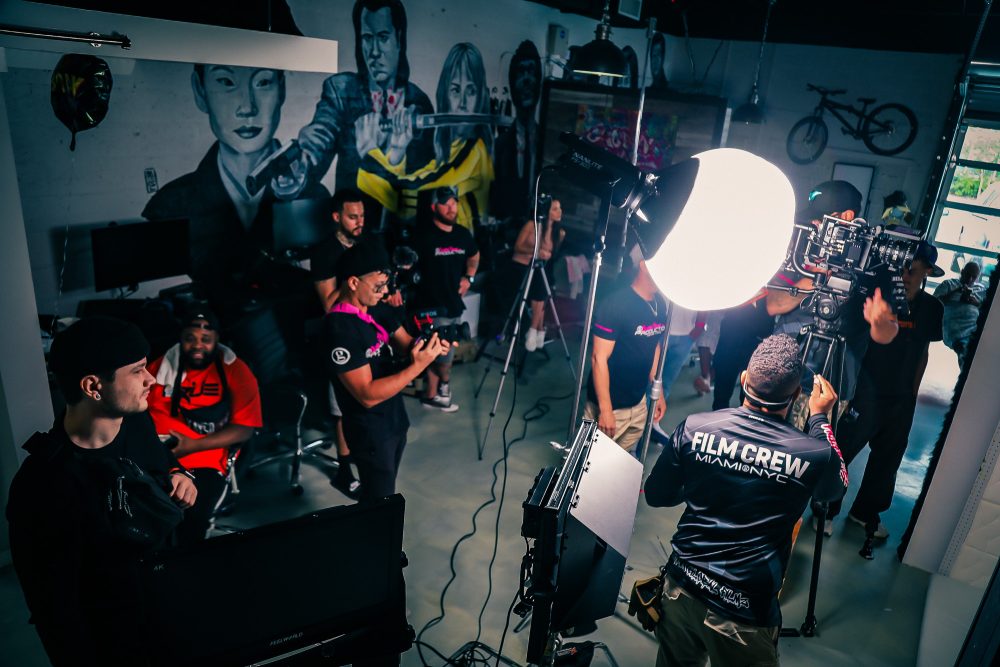
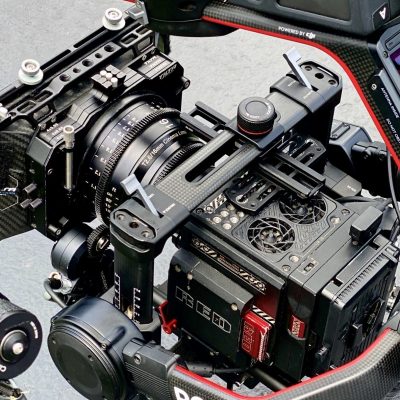
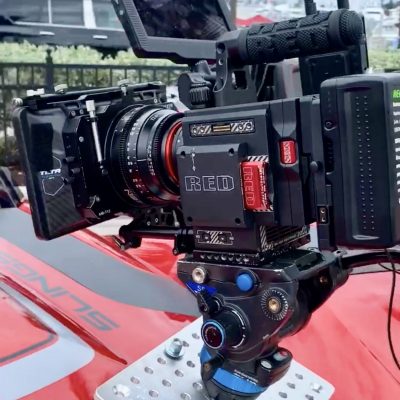
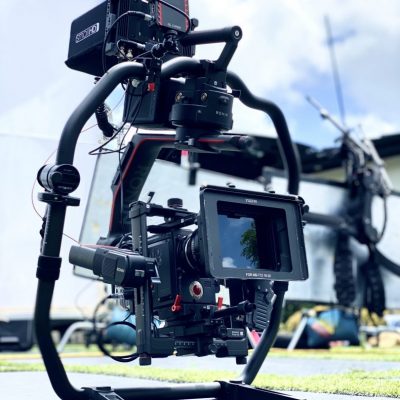
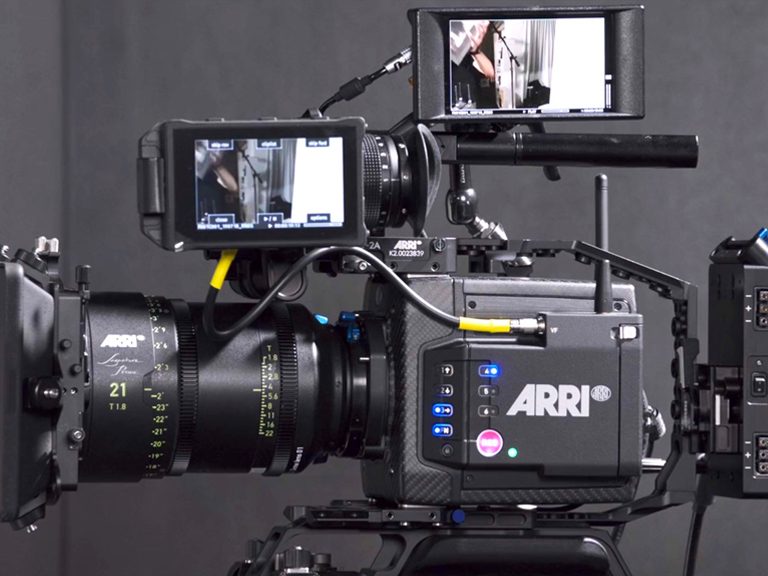
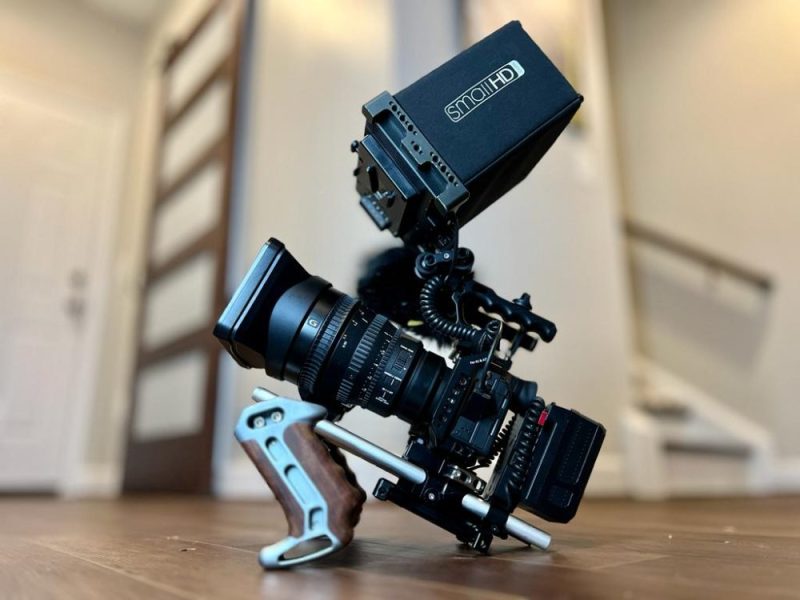
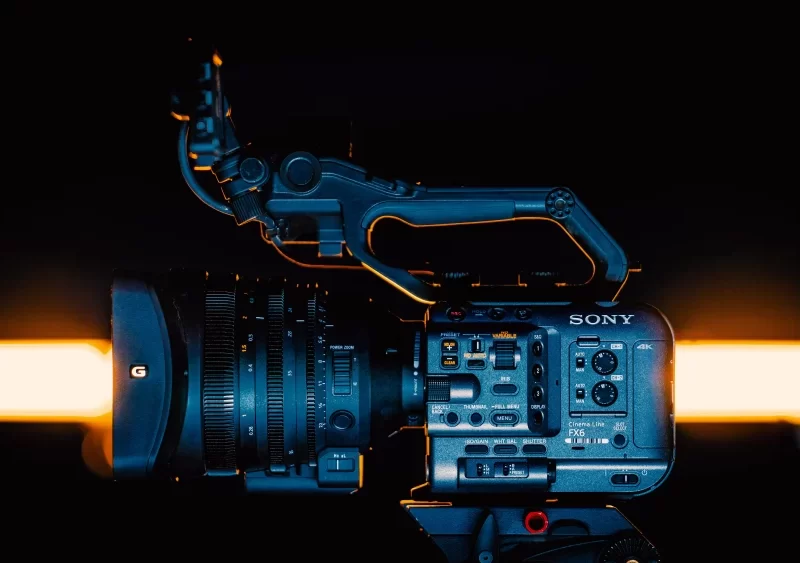
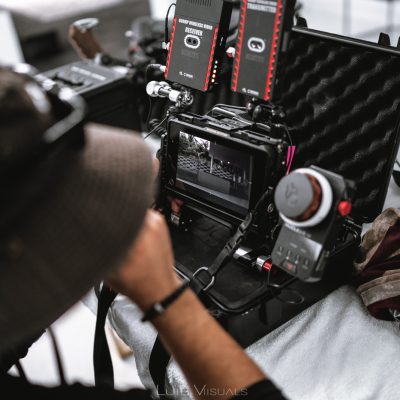

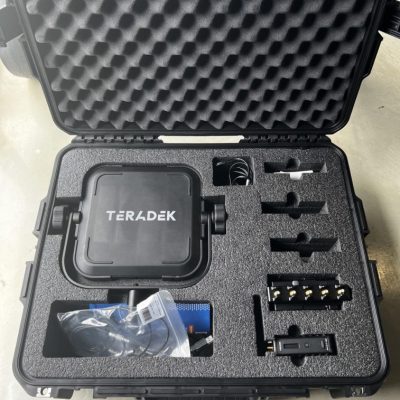

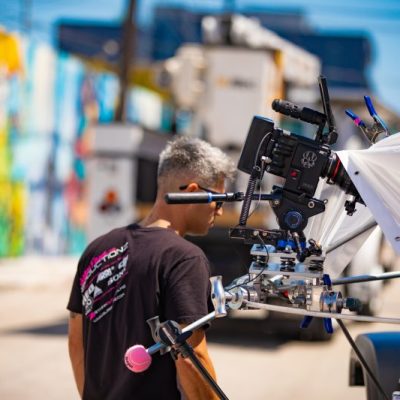

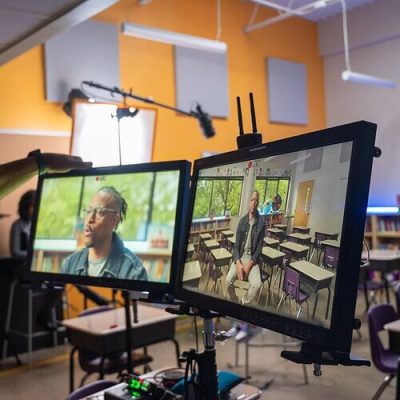




 2. Pre-Production Expertise:
2. Pre-Production Expertise: